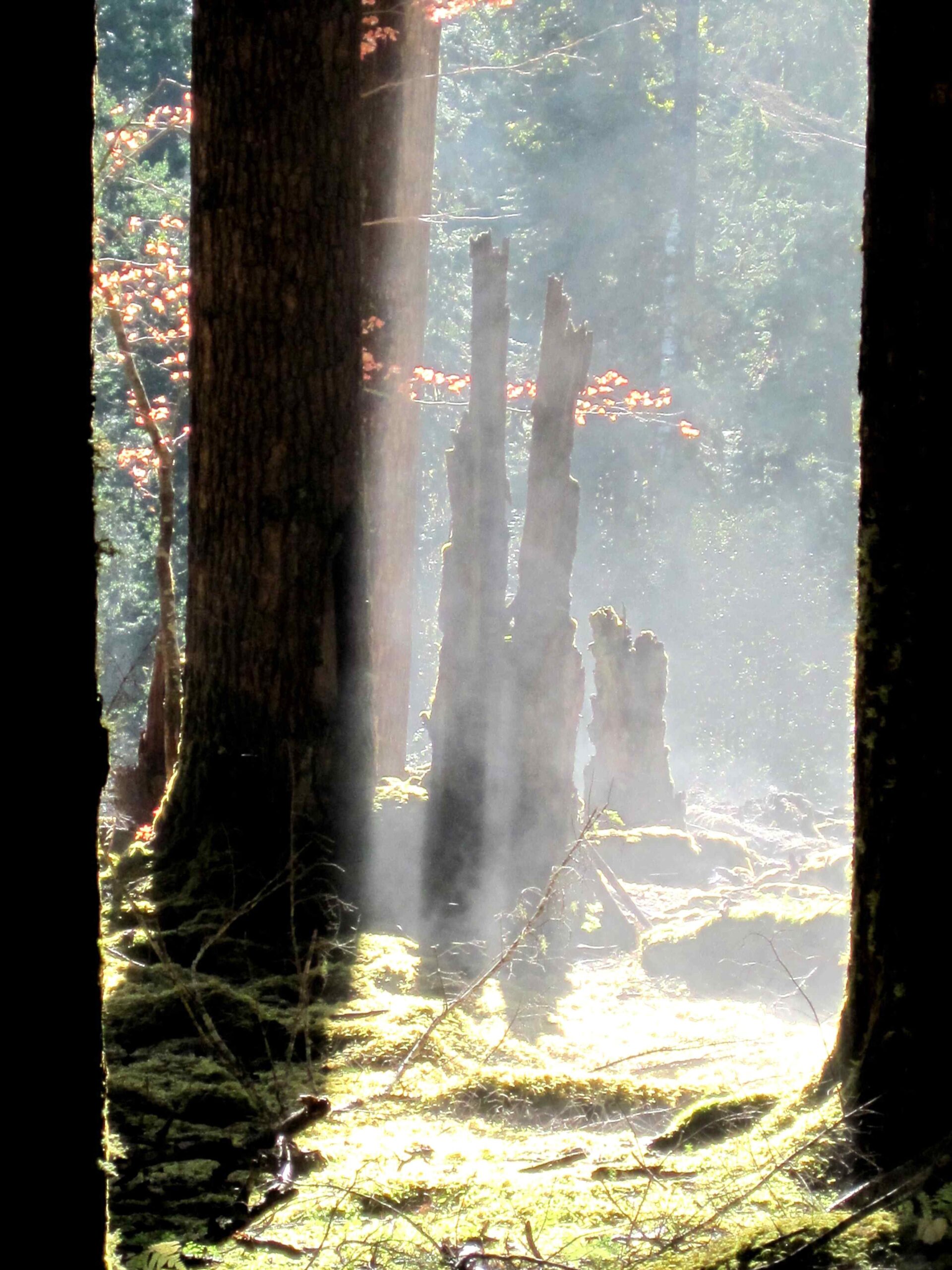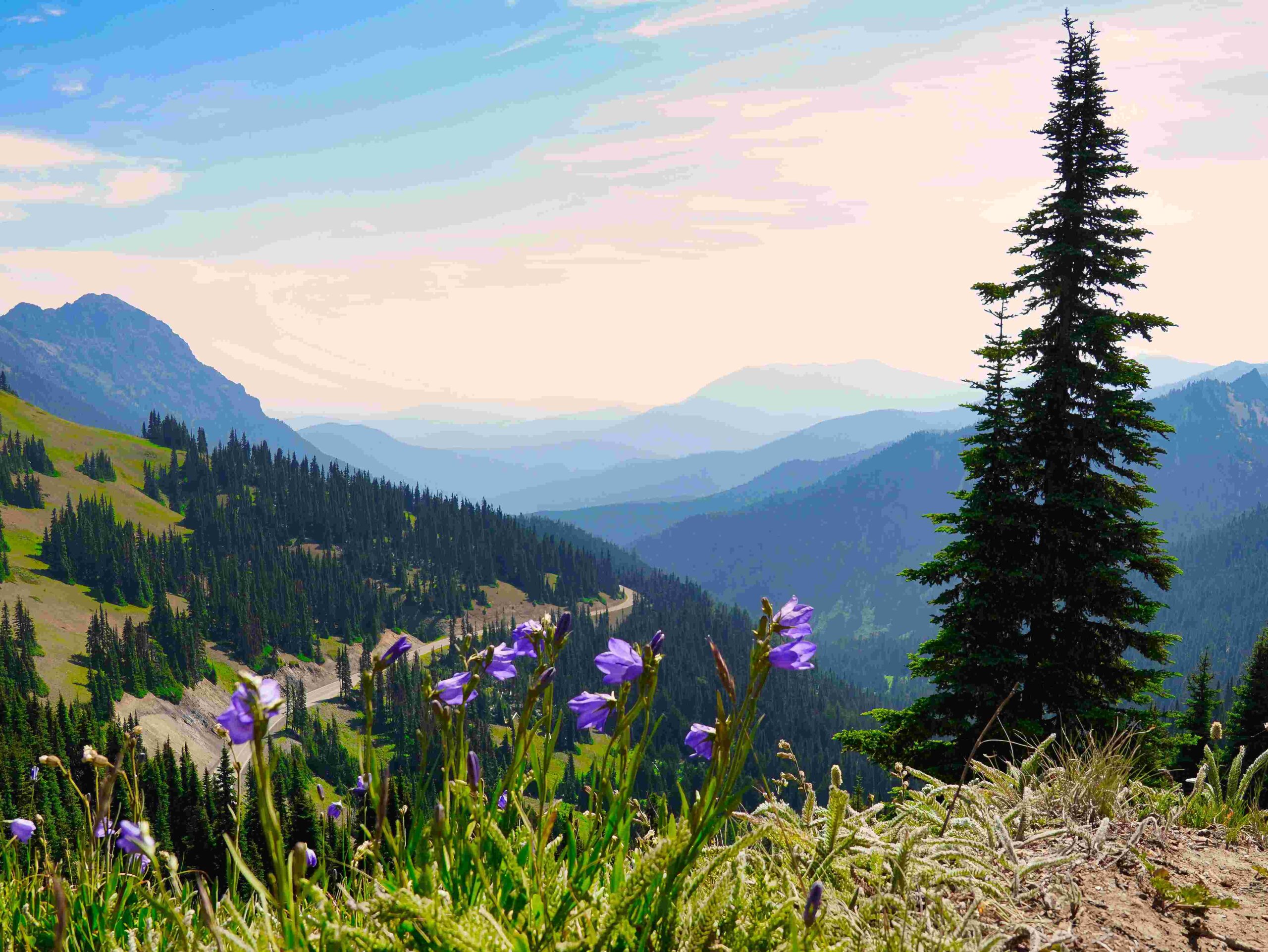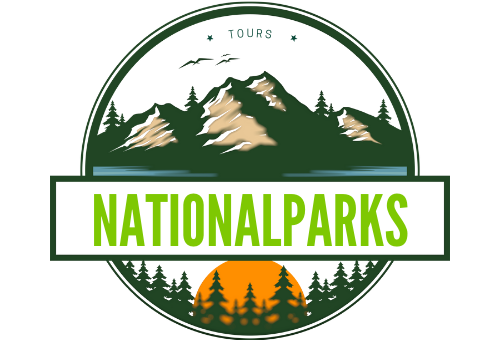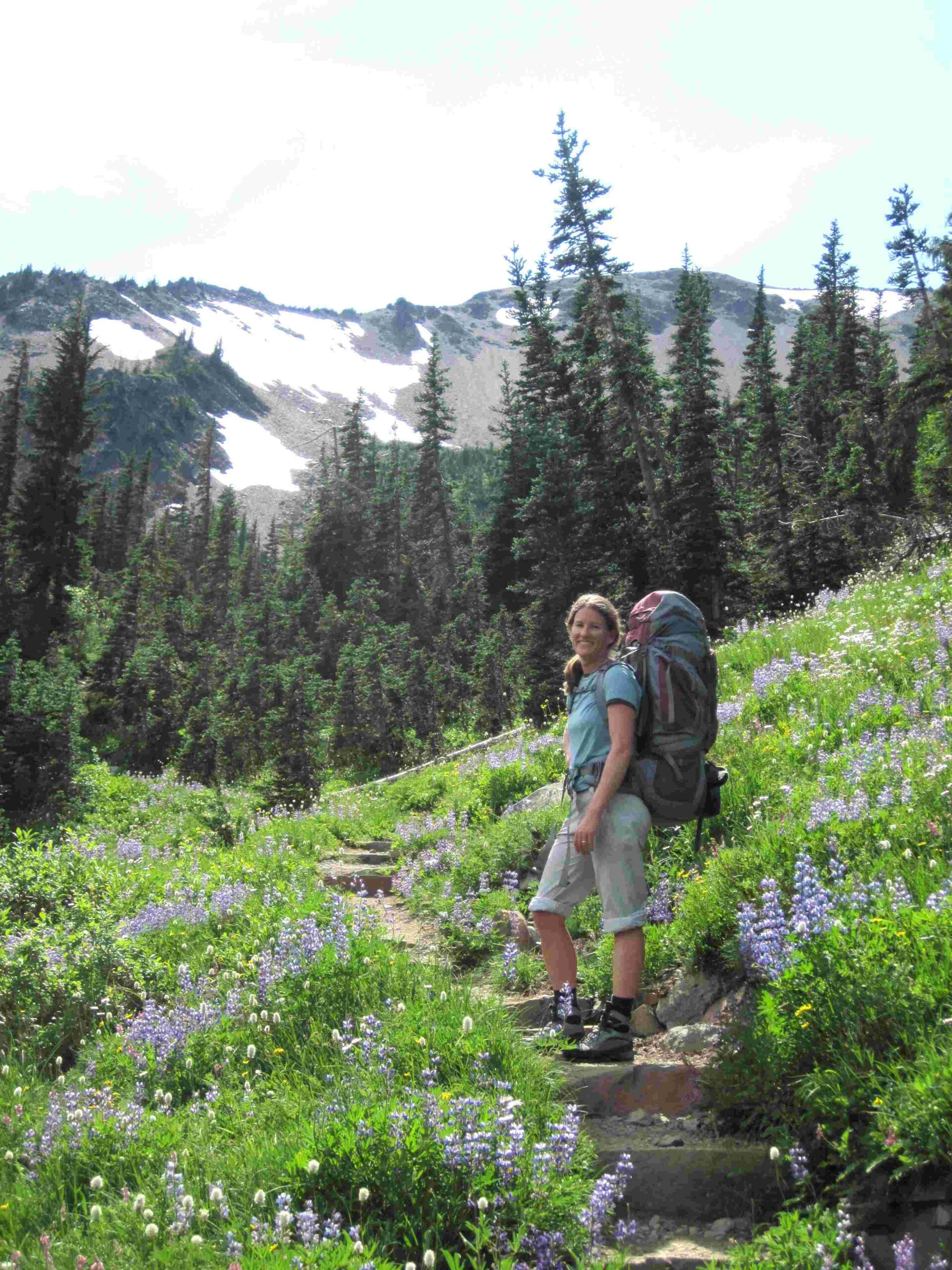The goat capture in Olympic National Park was a multi-year effort to remove non-native mountain goats from the park and relocate them to their native habitat in the Cascades. This operation involved aerial and ground-based capture methods, utilizing helicopters, immobilizing darts, and net guns. Between 2018 and 2020, 381 mountain goats were removed, with 325 successfully translocated to the northern Cascade Mountains. The project aimed to address safety concerns and restore the park’s natural ecosystem.
What Were the Specific Goat Capture Methods Used?

The goat capture methods in Olympic National Park involved a combination of aerial and ground-based techniques:
- Aerial Capture:
- Helicopters were used to locate and capture mountain goats
- Crew members employed immobilizing darts and net guns
-
Captured goats were transported in specially designed slings
-
Ground-Based Capture:
- Nets and immobilizing darts were used, sometimes in combination
-
Some kids (young goats) were caught by hand
-
Capture Statistics:
- 145 goats caught using nets
- 40 goats captured with immobilizing darts
- 5 goats captured using a combination of darts and nets
- 14 out of 33 kids caught by hand
How Efficient Was the Capture Process?

The efficiency of the goat capture process varied throughout the operation:
| Period | Capture Efficiency (hours/goat) | Mortality Rate |
|---|---|---|
| September 2018 | 0.59 | 5.2% |
| July 2019 | 0.81 | 5.9% |
| August 2019 | 0.72 | 5.9% |
| Final Round | Not specified | 9.1% |
What Were the Goat Management Strategies?
The goat management strategies in Olympic National Park were part of a collaborative effort involving multiple agencies:
- Relocation Numbers:
- Total of 381 mountain goats removed from 2018 to 2020
-
325 goats successfully translocated to the northern Cascade Mountains
-
Operation Timeline:
-
Four two-week periods between September 2018 and August 2020
-
Relocation Criteria:
- Goats evaluated by veterinarians for medical conditions
-
Assessment based on sex, age, body mass, condition score, horn dimensions, body measurements, and lactation status
-
Post-Relocation Monitoring:
- 262 translocated goats equipped with GPS collars
- Monitoring included adult survival analysis at different temporal scales
What Safety Concerns and Protocols Were Implemented?
Safety was a crucial aspect of the goat capture operations:
- Documented Incidents:
- 22 mortalities related to capture
- 6 animals euthanized due to unfitness for translocation
-
4 animals died during transit
-
Safety Protocols for Personnel:
- Volunteers trained for culling operations in remote areas
-
Use of personal cellular phones and InReach® GPS units for communication
-
Visitor Safety Measures:
- Closure of certain areas, such as Mount Ellinor trailhead, during capture operations
What Were the Logistical Details of the Operation?
The goat capture operation involved complex logistics:
- Access Points and Staging Areas:
- Hurricane Ridge in Olympic National Park
-
Hamma Hamma area in Olympic National Forest
-
Transportation Methods:
- Refrigerated trucks for ground transport
-
Helicopters for ferrying goats to high-elevation release sites
-
Scheduled Activities:
- Capture and translocation operations in mid-late July and late August – early September
- Ground-based shooting by trained volunteers and staff from September 9 to October 16
Why Was the Goat Capture Necessary in Olympic National Park?
The goat capture operation in Olympic National Park was necessary for several reasons:
- Ecosystem Restoration:
- Mountain goats are non-native to the Olympic Peninsula
-
Their presence was impacting native plant species and soil stability
-
Safety Concerns:
- Increasing goat population led to more human-goat interactions
-
Some incidents resulted in human injuries or fatalities
-
Population Management:
- The goat population had grown significantly since their introduction in the 1920s
-
Capture and relocation was deemed more humane than culling the entire population
-
Resource Conservation:
- Goats were damaging sensitive alpine and subalpine environments
- Removal helps protect rare and endemic plant species
What Were the Long-Term Goals of the Goat Capture Project?
The goat capture project in Olympic National Park had several long-term objectives:
- Habitat Restoration:
- Allow native plant species to recover in alpine and subalpine areas
-
Reduce soil erosion caused by goat wallowing and trailing
-
Wildlife Conservation:
- Protect native wildlife species that may have been impacted by goat presence
-
Restore natural ecosystem balance
-
Public Safety Enhancement:
- Reduce the risk of dangerous human-goat encounters in the park
-
Improve visitor experience and safety
-
Goat Population Management:
- Relocate goats to their native habitat in the Cascades
-
Support struggling goat populations in other areas of Washington state
-
Scientific Research:
- Provide opportunities to study ecosystem recovery post-goat removal
- Monitor relocated goats to understand their adaptation to new habitats
By addressing these goals, the goat capture project aimed to create a more sustainable and natural environment in Olympic National Park while also benefiting goat populations in their native ranges.

